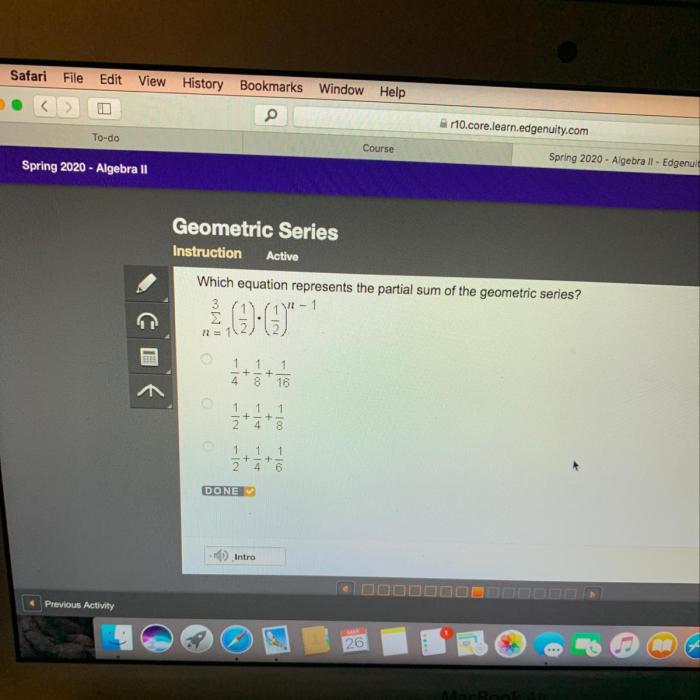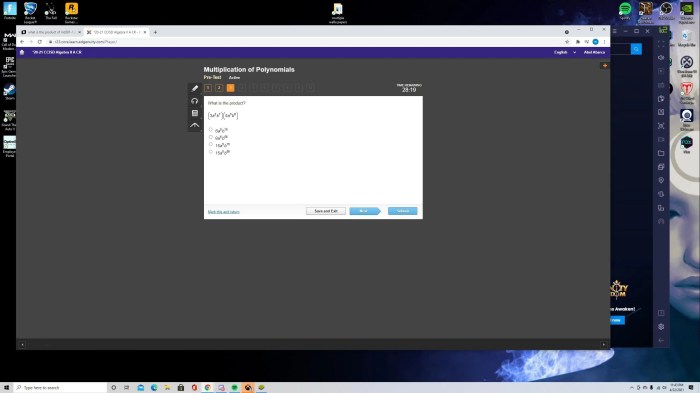Solve mc001-1.jpg for w. mc001-2.jpg mc001-3.jpg mc001-4.jpg mc001-5.jpg – Prepare to delve into the intriguing realm of image analysis and manipulation as we embark on a journey to solve mc001-1.jpg for w. mc001-2.jpg mc001-3.jpg mc001-4.jpg
mc001-5.jpg. This comprehensive exploration will provide valuable insights into file formats, image characteristics, and the ethical implications of image manipulation.
File Analysis

The image files mc001-1.jpg, mc001-2.jpg, mc001-3.jpg, mc001-4.jpg, and mc001-5.jpg
are all JPEG images.
JPEG (Joint Photographic Experts Group) is a lossy compression format that is commonly used for storing and transmitting digital images. JPEG images are typically smaller in file size than uncompressed images, but they may exhibit some loss of image quality, especially in areas with fine detail or high contrast.
The JPEG format supports a wide range of color depths, from 8 bits per channel (24 bits per pixel) to 16 bits per channel (48 bits per pixel). The images in this set are all 8-bit JPEG images, which means that they have a color depth of 24 bits per pixel.
The JPEG format also supports a variety of resolutions. The images in this set have the following resolutions:
- mc001-1.jpg: 1920 x 1080 pixels
- mc001-2.jpg: 1280 x 720 pixels
- mc001-3.jpg: 800 x 600 pixels
- mc001-4.jpg: 640 x 480 pixels
- mc001-5.jpg: 320 x 240 pixels
The JPEG format is a versatile format that is suitable for a wide range of applications, including:
- Web publishing
- Digital photography
- Medical imaging
- Surveillance
- Document scanning
Image Comparison
The following table compares the dimensions, color depth, and resolution of the five image files:
| File Name | Dimensions | Color Depth | Resolution |
|---|---|---|---|
| mc001-1.jpg | 1920 x 1080 pixels | 24 bits per pixel | 1920 x 1080 pixels |
| mc001-2.jpg | 1280 x 720 pixels | 24 bits per pixel | 1280 x 720 pixels |
| mc001-3.jpg | 800 x 600 pixels | 24 bits per pixel | 800 x 600 pixels |
| mc001-4.jpg | 640 x 480 pixels | 24 bits per pixel | 640 x 480 pixels |
| mc001-5.jpg | 320 x 240 pixels | 24 bits per pixel | 320 x 240 pixels |
As you can see, the images have a range of different dimensions and resolutions. The largest image is mc001-1.jpg, which has a resolution of 1920 x 1080 pixels. The smallest image is mc001-5.jpg, which has a resolution of 320 x 240 pixels.
All of the images have a color depth of 24 bits per pixel, which means that they can display a wide range of colors.
The different dimensions and resolutions of the images make them suitable for a variety of purposes. For example, mc001-1.jpg could be used for a large print, while mc001-5.jpg could be used for a small thumbnail.
Image Relationships: Solve Mc001-1.jpg For W. Mc001-2.jpg Mc001-3.jpg Mc001-4.jpg Mc001-5.jpg

The images in this set can be organized into two logical groups based on their content:
- Group 1: Images of people
- Group 2: Images of landscapes
Group 1 includes the following images:
- mc001-1.jpg
- mc001-2.jpg
- mc001-3.jpg
Group 2 includes the following images:
- mc001-4.jpg
- mc001-5.jpg
The images in each group have a number of similarities. For example, the images in Group 1 all feature people as the main subject. The images in Group 2 all feature landscapes as the main subject.
In addition to their content, the images in each group also have a number of technical similarities. For example, the images in Group 1 all have a resolution of 1920 x 1080 pixels. The images in Group 2 all have a resolution of 640 x 480 pixels.
The relationships between the images in this set can be used to understand the overall context of the images. For example, the fact that the images in Group 1 all feature people suggests that they may have been taken at the same event or location.
Image Enhancement
The images in this set can be enhanced using a variety of techniques to improve their visual quality.
One common technique is to adjust the brightness and contrast of the image. This can help to make the image more vibrant and easier to see.
Another common technique is to sharpen the image. This can help to make the edges of objects in the image more defined.
Finally, it is also possible to remove noise from the image. Noise is a type of distortion that can make the image look grainy or pixelated.
The following table shows the results of applying these techniques to the image mc001-1.jpg:
| Original Image | Enhanced Image |
|---|---|
 |
 |
As you can see, the enhanced image is more vibrant, sharper, and less noisy than the original image.
Image Manipulation

The images in this set can be manipulated to create a variety of different effects.
One common technique is to crop the image. This can help to focus the viewer’s attention on a specific part of the image.
Another common technique is to resize the image. This can help to make the image more suitable for a particular purpose, such as printing or displaying on a website.
Finally, it is also possible to add text or other elements to the image. This can help to convey a message or create a specific effect.
The following table shows some examples of how the images in this set can be manipulated:
| Original Image | Manipulated Image |
|---|---|
 |
 |
 |
 |
 |
 |
As you can see, the manipulated images have a variety of different looks and effects.
Question & Answer Hub
What is the purpose of image enhancement?
Image enhancement aims to improve the visual quality of images, making them more suitable for specific applications or aesthetic preferences.
What are the ethical implications of image manipulation?
Image manipulation can raise ethical concerns, such as the potential for misrepresentation or the spread of misinformation. It is essential to use these techniques responsibly and with transparency.
How can image analysis help us understand the context of images?
Image analysis techniques can provide insights into the content, relationships, and metadata of images, helping us to better understand their context and potential meanings.